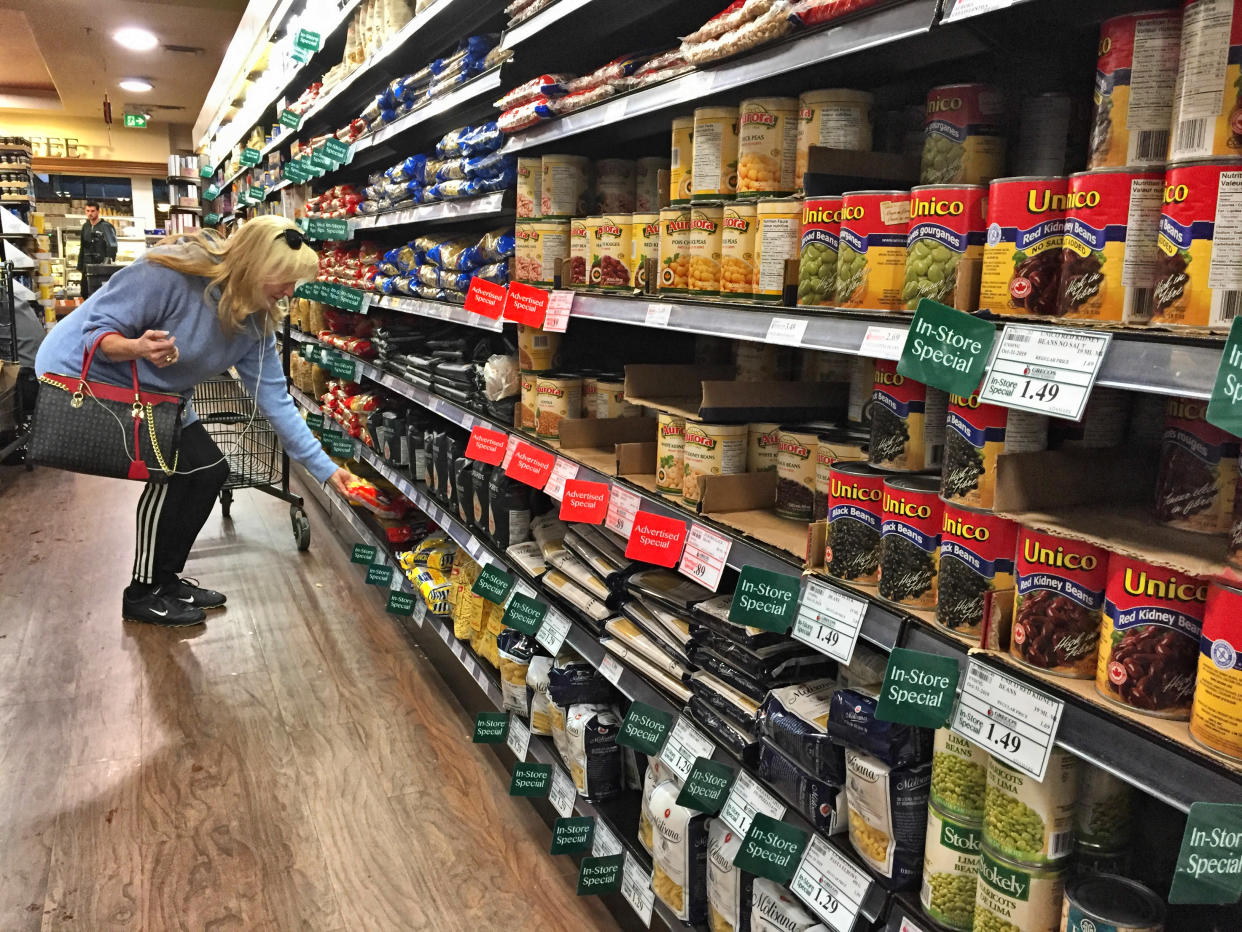Average Canadian family will spend $487 more on food in 2020

A new study estimates that the average Canadian family will spend $487 more on groceries in 2020, with food prices expected to jump by up to four per cent.
According to the Food Price Report conducted by Dalhousie University and the University of Guelph, a range of factors may contribute to rising food prices next year, including climate change, geopolitical and trade conflicts, and consumer indebtedness.
“In 2020, all categories will see increased prices, particularly as consumer preferences change, trade wars continue, global growth decelerates, and wages stay constant while failing to adjust for inflation,” the report said.
“Vegetables, meat, seafood and fruit will continue to face threats to prices.”
Meat prices are expected to increase by between four and six per cent, the most of all the food categories. Vegetables, fruit and seafood will also see price jumps of between two and four per cent.
“The rise of plant-based alternatives does give optimism for meat prices by creating a new class of substitutes, but global demand for meat outside of Canada will increase domestic prices in 2020,” the report said.
The study also expects food inflation rates to vary across the country, depending on economic forecasts. Alberta, Saskatchewan, New Brunswick and Nova Scotia will see below-average food inflation rates, while Quebec, PEI, Manitoba and British Columbia will see higher than average rates.
Food prices increased by 3.5 per cent in 2019, with vegetable prices spiking by 12 per cent year-over-year. Meat and seafood saw prices increase by 3 per cent each. The report said the price jumps – which were more than originally anticipated – were due to “a series of events in Canada and globally.” Those include trade tensions with China, which weakened the market for pork exports, and an E. coli outbreak with romaine lettuce that drove up prices of other leafy greens.
Download the Yahoo Finance app, available for Apple and Android.


